Kitchen Decor Ideas: Transforming Your Kitchen Space
Table of Contents
Transforme your space with this kitchen decor ideas transforms the experience of the most important gathering space in your home. Whether you’re planning a complete renovation or looking for affordable updates, the right kitchen design elements enhance its functionality, increase your home’s value, and create a space that reflects your personal style.
The kitchen is the heart of modern homes, where families gather, meals are prepared, and fond memories are made. According to recent home design surveys, homeowners spend approximately 37% of their time in the kitchen, making it essential to create a space that is both beautiful and highly functional. With the right approach to kitchen decor, you can achieve the perfect balance between aesthetics and functionality.
Understanding Kitchen Designs: The Foundation of Great Design
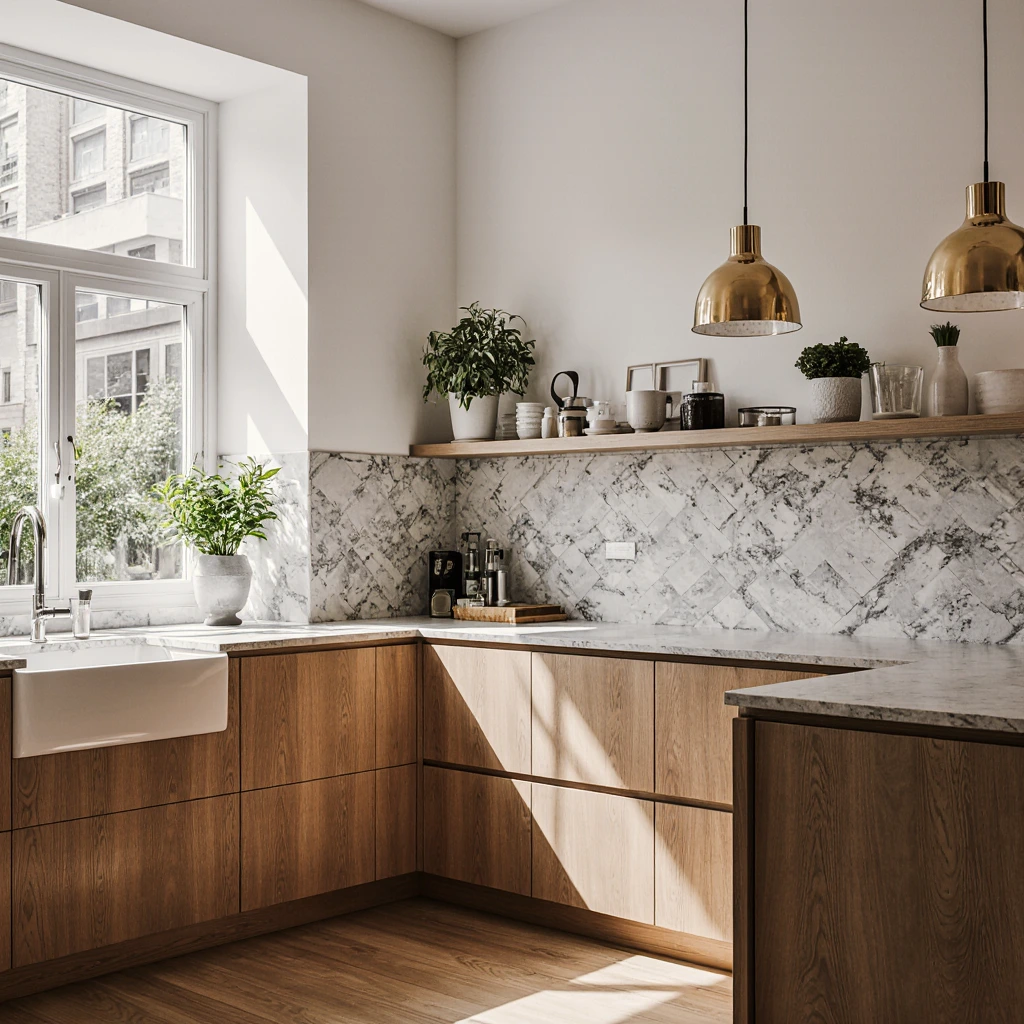
Corridor Kitchen: Making the Most of Tight Spaces
The corridor kitchen design is exceptionally well-suited to small homes and apartments. This efficient layout features two parallel work surfaces with a corridor between them, creating a natural work triangle. To enhance this design with smart kitchen decor ideas:
- Install light-colored cabinets to create a spacious visual space.
- Add a reflective backsplash to reflect light and expand the perceived space.
- Use vertical storage solutions to make the most of every inch.
- Incorporate under-cabinet lighting to illuminate countertops.
L-Shaped Kitchens: Multiple Corner Solutions
L-shaped kitchen designs are extremely flexible, fitting both small and large spaces. This layout naturally allows for separate areas for cooking, cleaning, and food preparation. Key decor strategies include:
- Position the sink in the corner to improve plumbing efficiency.
- Create a breakfast nook along one leg of the L.
- Use corner storage solutions such as lazy Susan shelving or pull-out drawers.
- Add pendant lights above the peninsula for task lighting.
Open Kitchen Islands: The Modern Centerpiece
Kitchen islands are growing in popularity, with 76% of new homes featuring this design element. They provide additional workspace, storage, seating, and are a natural gathering point. Here are some kitchen decor ideas for kitchen island designs:
- Combine contrasting materials, such as butcher block countertops with painted bases.
- Install decorative brackets or legs to add a distinctive architectural touch.
- Add bar stools with stylish chairs that complement your overall design.
- Add built-in appliances such as wine coolers or warming drawers.
Smart Storage Solutions: Organize Your Cooking Corner.
Maximize Cabinet Efficiency.
Modern kitchen organization goes beyond traditional shelving. Modern storage solutions focus on accessibility and efficiency:
Pull-out Drawers and Shelves: Replace traditional deep cabinets with pull-out systems that allow you to easily access items. These solutions increase usable space by up to 30% and eliminate the need to search through cluttered cabinets.
Vertical Dividers: Install adjustable dividers in cabinets to store baking trays, cutting boards, and serving platters vertically. This approach facilitates access to items while maximizing storage capacity.
Corner Cabinet Solutions: Transform tight corner spaces with rotating shelving, swing-out shelving, or diagonal drawers that utilize every cubic inch of available space.
Pantry Organization Strategies
A well-organized pantry is a cornerstone of kitchen functionality. Use these professional organizing techniques:
- Use clear, airtight containers for dry goods to maintain freshness and visual consistency.
- Install adjustable shelving to accommodate items of varying heights.
- Implement a zoned system: Group breakfast items, baking supplies, and snacks in designated areas.
- Add door-mounted spice racks and narrow shelves for frequently used items.
Creative Storage for Small Kitchens
Limited space calls for innovative solutions. Consider these space-saving kitchen decor ideas:
- Mount magnetic knife strips and spice jars to the walls.
- Use the inside of cabinet doors for cleaning supplies and small items.
- Install ceiling-mounted utensil racks in convenient locations.
- Add drawers beneath lower cabinets for flatware.
Color schemes that create a distinctive visual impact.
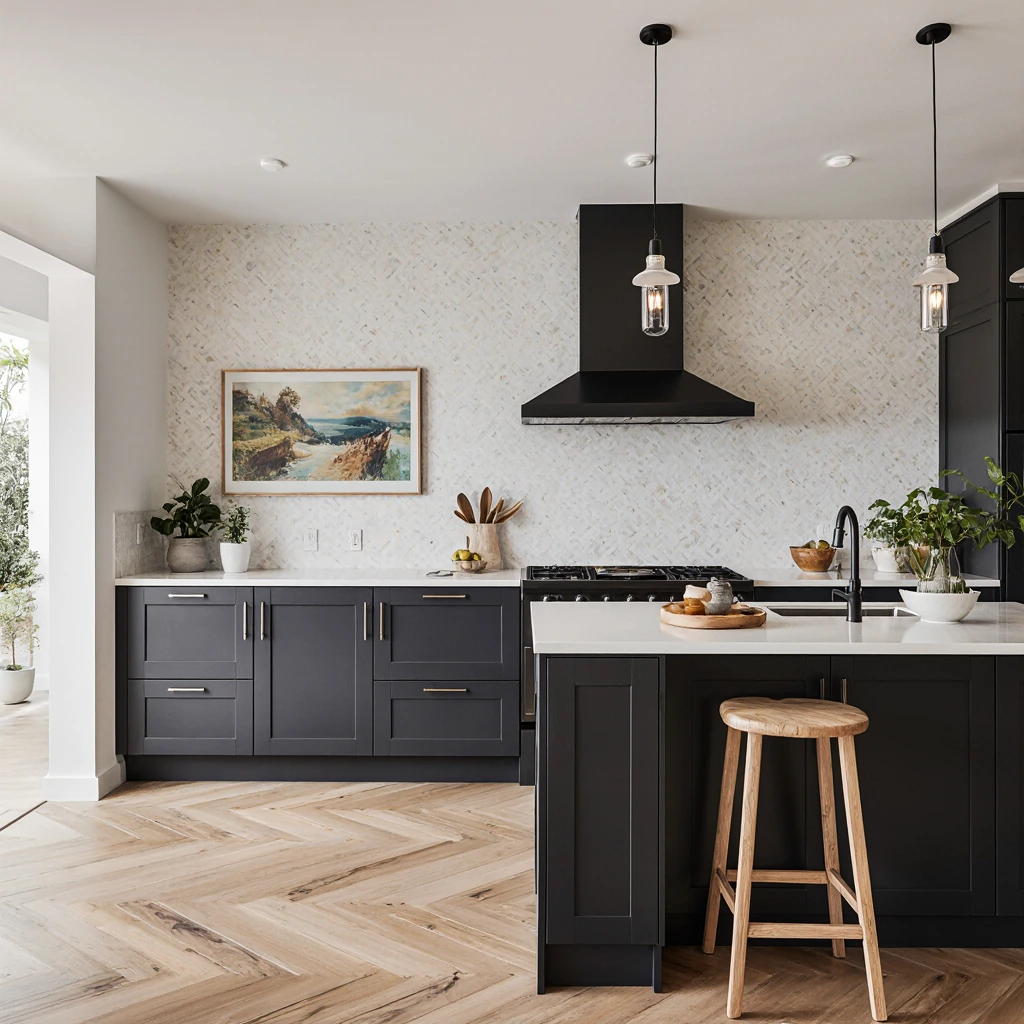
Timeless neutrals.
Neutral color schemes remain popular because they offer flexibility and longevity. Popular combinations include:
Warm white and cream: These colors create a sense of spaciousness and cleanliness while maintaining warmth. Pair them with natural wood accents and polished gold accessories for a sophisticated look.
Gray and white combinations: This classic combination works in both traditional and contemporary settings. Use varying shades of gray to add depth and interest.
Beige and gray shades: These earthy, neutral colors create a warm, inviting atmosphere, complemented by natural stone countertops and brushed bronze fixtures.
Bold, distinctive colors add a personal touch
While neutrals provide stability, distinctive colors add a distinctive, personal touch to kitchen designs:
- Dark blue: Creates a wonderful contrast when used on islands or lower cabinets
- Forest green: Adds a touch of natural elements to the interior and pairs beautifully with copper kitchen appliances
- Charcoal black: Adds a sophisticated, dramatic touch, especially with matte finishes
Color psychology in kitchen design
Understanding color psychology helps create the desired atmosphere:
- Blue and green: Promote calm and relieve stress, ideal for busy family kitchens
- Warm yellow: Stimulates appetite and creates a cheerful, welcoming atmosphere
- Red and orange: Add vibrancy to the space, but it is recommended to use them sparingly to avoid overdoing it
Backsplash ideas: Practical art For Your Walls
Subway Tiles: Classic with a Modern Touch
Traditional subway tiles are still popular, but modern designs offer new possibilities:
- Arrange tiles in herringbone or vertical patterns for a dramatic effect.
- Choose colored grout to create contrast and highlight the tile pattern.
- Choose large subway tiles for a modern look.
- Mix different tile sizes within the same color family.
Natural Stone Options
Stone backsplashes add a natural aesthetic and distinctive texture:
Marble: Adds luxury and elegance, but requires regular insulation and maintenance. Carrara marble remains the most popular choice thanks to its classic veining patterns.
Travertine: Adds rustic charm with natural variations in color and texture. This material is particularly well-suited to Mediterranean or Tuscan-inspired designs.
Slate: Adds a contemporary, sophisticated touch with rich, dark colors and natural texture variations.
Creative Mixed-Media Techniques
Combining different materials creates unique and customized backsplashes:
- Mix glass tiles with natural stone to create a contrasting texture.
- Add metallic accents such as stainless steel or copper strips.
- Combine different tile sizes and shapes from the same material group.
- Use decorative border tiles to frame the backsplash.
Lighting Design: Functional and Aesthetic Lighting
Multi-Layered Lighting Strategies
Professional kitchen lighting consists of three distinct layers:
Ambient Lighting: Provides all-around illumination through ceiling fixtures, recessed lights, or track lighting. This base layer should distribute light evenly throughout the space.
Task Lighting: Focuses on specific work areas such as countertops, islands, and sinks. LED strips under cabinets, pendant lights, and adjustable track heads serve this purpose.
Accent Lighting: Highlights architectural features, artwork, or decorative elements. Options include under-cabinet lighting, accent lighting, and decorative chandeliers. ### Lighting Selection Guidelines
Choose lighting fixtures that complement your overall design aesthetic:
- Traditional Kitchens: Choose classic materials such as brushed nickel, brushed bronze, or antique brass.
- Contemporary Spaces: Choose sleek fixtures in chrome, stainless steel, or matte black finishes.
- Transitional Designs: Blend traditional and modern through mixed materials and streamlined, traditional shapes.
Energy-Efficient Options
Modern lighting technologies offer numerous energy-saving possibilities:
- LEDs use up to 75% less energy than incandescent alternatives.
- Smart lighting systems enable remote control and lighting scheduling.
- Dimmable switches provide ambient control while reducing energy consumption.
- Incorporating natural light through skylights or large windows reduces daylighting needs.
Budget Kitchen Upgrades That Make a Difference.
Cabinet Makeovers Without Replacement.
Complete cabinet replacement represents the largest cost of a kitchen renovation, but many… alternatives can achieve stunning results:
Professional Painting: High-quality paint and proper preparation can dramatically transform the appearance of existing cabinets. Choose semi-gloss or satin finishes for durability in high-humidity environments.
Hardware Updates: Replacing cabinet knobs and handles adds an instant modern touch. Consider oversized knobs for a contemporary look, or vintage-inspired hardware for traditional styles.
Door and Drawer Front Replacement: This option costs significantly less than a complete cabinet replacement, while still providing a completely new look.
Countertop Alternatives to Expensive Stone
While granite and quartz countertops are desirable, there are several alternatives that offer similar aesthetics at a lower cost:
- Butcher Block: Provides warmth and natural beauty at a fraction of the cost of stone.
- Concrete: Adds custom colors and texture while maintaining a sleek industrial feel.
- Parquet: Modern options that convincingly mimic the look of stone and wood.
- Tile: Offers endless design possibilities with proper installation and insulation.
Appliance Upgrade Strategies
New appliances significantly impact a kitchen’s appearance and functionality:
- Stainless Steel Appliance Coatings: Transform existing appliances for a coordinated look.
- Energy Star Rebates: Many utility companies offer discounts on energy-efficient appliance purchases.
- Appliance Bundle Deals: Purchasing matching sets often offers significant savings.
- Certified Pre-Owned Appliance Options: Professionally refurbished appliances offer high quality at reduced prices.
Common Kitchen Design Mistakes and How to Avoid Them.
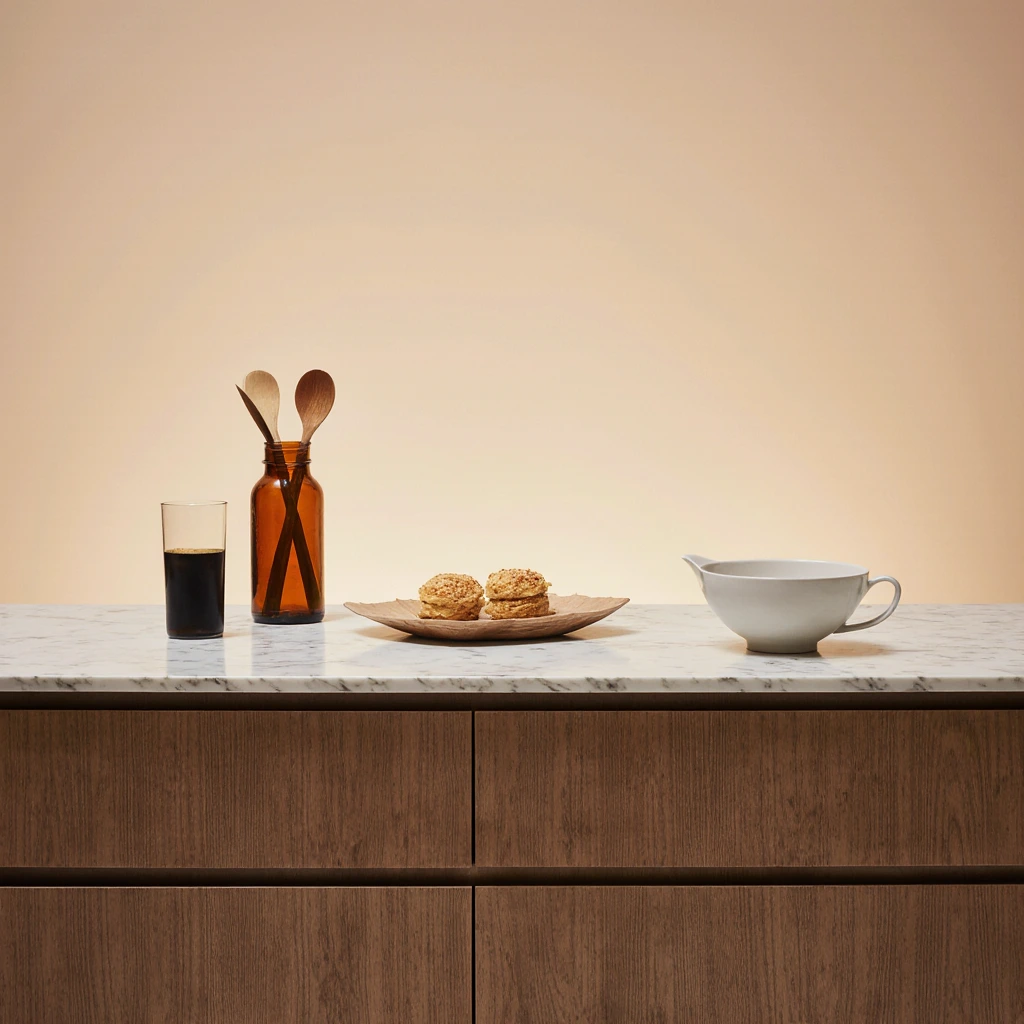
Improper Storage Planning.
Many kitchen remodels focus on aesthetics while neglecting storage needs. Avoid this mistake by:
- Conducting a comprehensive inventory of your current kitchen appliances before designing
- Planning storage for appliances you don’t currently own but might purchase
- Considering the accessibility needs of all family members
- Consulting with professional organizers during the design phase
Poor Traffic Flow Considerations
Kitchen designs should accommodate natural traffic patterns:
- Maintaining clear paths between main work areas
- Ensuring adequate space around islands and peninsulas
- Considering door swing patterns and their impact on traffic flow
- Planning for multiple people to work in the kitchen simultaneously
Inadequate Electrical Planning
Modern kitchens require extensive electrical infrastructure:
- Installing GFCI outlets every two meters along countertops
- Planning dedicated electrical circuits for major appliances
- Considering future technological needs such as electric vehicle charging or smart home integration
- Including adequate lighting circuits for multi-layered lighting strategies
Ignoring Long-Term Maintenance Requirements
Some design choices create ongoing maintenance challenges:
- High-maintenance materials, such as marble, require periodic sealing and special cleaning products. – Light-colored grout shows stains and requires frequent cleaning.
- Fingerprints and water spots appear on stainless steel appliances.
- Open shelving requires constant organization and careful dust management.
Sustainable Kitchen Design Practices
Choosing Eco-Friendly Materials
Environmental awareness is increasingly influencing kitchen design decisions:
Recycled Materials: Countertops made from recycled glass or paper add a unique aesthetic while supporting environmental goals.
Sustainable Wood: Choose cabinetry and flooring from certified sustainable forests or reclaimed wood sources.
Low-VOC Finishes: Choose paints, stains, and sealers with the lowest VOCs to improve indoor air quality.
Integrating Energy-Saving Appliances
Modern appliances offer significant energy savings:
- Induction cooktops: Provide precise temperature control while consuming 50% less energy than traditional electric stoves.
- Energy Star-rated refrigerators: Use advanced insulation and compressor technology to reduce energy consumption.
- High-efficiency dishwashers: Save water and energy with superior cleaning performance.
Integrating Technology into Modern Kitchens
Smart Home Connectivity
Kitchen technology is rapidly evolving:
- Voice assistants: Provide hands-free access to recipes, timers, and home automation.
- Smart appliances: Provide remote monitoring and control through smartphone apps.
- Automated lighting systems: Adjust brightness and color temperature throughout the day.
- Integrated charging stations: Keep appliances running without cluttering countertops.
Kitchen Safety Technology
Modern safety features enhance kitchen safety:
- Automatic shutoff systems: Prevent accidents by shutting off appliances after preset time intervals.
- Leak Detection Sensors: Alert homeowners to plumbing problems before serious damage occurs.
- Carbon Monoxide Detectors: Specialized units designed for kitchen environments.
- Smart Smoke Detectors: Distinguish between cooking smoke and actual fires.
Your kitchen is more than just a simple cooking space; it’s the heart of your home, where function meets aesthetics. By implementing these comprehensive kitchen decor ideas, you can create a space that meets your family’s needs and reflects your personal style. Remember, successful kitchen design balances aesthetics with functionality, ensuring your investment enhances daily life and the home’s long-term value.
The key to achieving your dream kitchen lies in careful planning, understanding your specific needs, and making informed decisions about materials, designs, and features. Whether you’re working on a limited budget or planning a full luxury renovation, these strategies will help you create a kitchen that exceeds your expectations.
Best Amazon Picks :
FAQs
Q: What’s the most cost-effective way to update my kitchen without a complete renovation?
A: Focus on high-impact, low-cost changes, such as painting cabinets, updating appliances, adding a new backsplash, and improving lighting. These changes can enhance the look of your kitchen for much less than a full renovation, while providing an excellent return on investment.
Q: How do I choose the right kitchen design for my space?
A: Consider your cooking habits, the size of your family, and the available space. Kitchens with narrow hallways work well for small spaces, while L-shaped layouts offer flexibility, and open-plan layouts with islands are ideal for larger spaces and families who frequently host guests. Consult a kitchen designer to optimize your space.
Q: What kitchen design trends should I avoid for long-term satisfaction?
A: Avoid overly trendy colors, patterns, or materials that can quickly become outdated. Instead, choose timeless elements for key components like cabinetry and countertops, then add a distinctive touch with easily changeable elements like paint colors, accessories, and textiles.
Q: What’s a reasonable budget for a kitchen renovation?
A: Kitchen renovation costs vary greatly depending on the scope and quality of the project. Minor renovations typically cost between $15,000 and $30,000, while major renovations can cost between $35,000 and $75,000 or more. Allow an additional 10-15% of the budget for unexpected issues that typically arise during renovations.
Q: What’s the best way to maximize storage space in a small kitchen?
A: Maximize vertical space with tall cabinets, install pull-out drawers instead of deep shelves, use the inside of cabinet doors for storage, and consider ceiling-mounted shelving when needed. Every square inch should have a purpose in small kitchen designs.
Q: How important is the kitchen work triangle in modern design?
A: While the traditional work triangle (connecting the sink, stove, and refrigerator) remains relevant, modern kitchens often include work zones that better reflect contemporary cooking and living styles. Focus on creating an efficient workflow rather than strictly adhering to the triangle.
Q: Should I coordinate all my kitchen appliances, or can I mix and match materials?
A: Mixing materials is increasingly popular and can add a touch of aesthetic appeal to kitchen designs. Choose one main metal and use other metals as accent elements, while maintaining consistency between elements (all cabinet handles are one type, all lighting is another).
Q: What lighting mistakes should I avoid in kitchen design?
A: Don’t rely solely on overhead lighting, avoid casting shadows on countertops, and don’t forget the possibility of dimming. Apply multi-layered lighting with ambient, task, and accent lighting options to create a functional yet beautiful space.
Q: How can I ensure my kitchen design will last?
A: Choose high-quality materials, stick to classic colors for key elements, invest in modern cabinet designs, and choose durable finishes. Add a personal touch with easy-to-update elements like paint, accessories, and textiles rather than fixed fixtures.
Q: What is the most important factor to consider when planning your kitchen renovation?
A: Functionality should be your top priority. No matter how beautiful your kitchen looks, it must efficiently meet your daily needs. Consider your cooking habits, family size, storage requirements, and lifestyle before making aesthetic decisions.
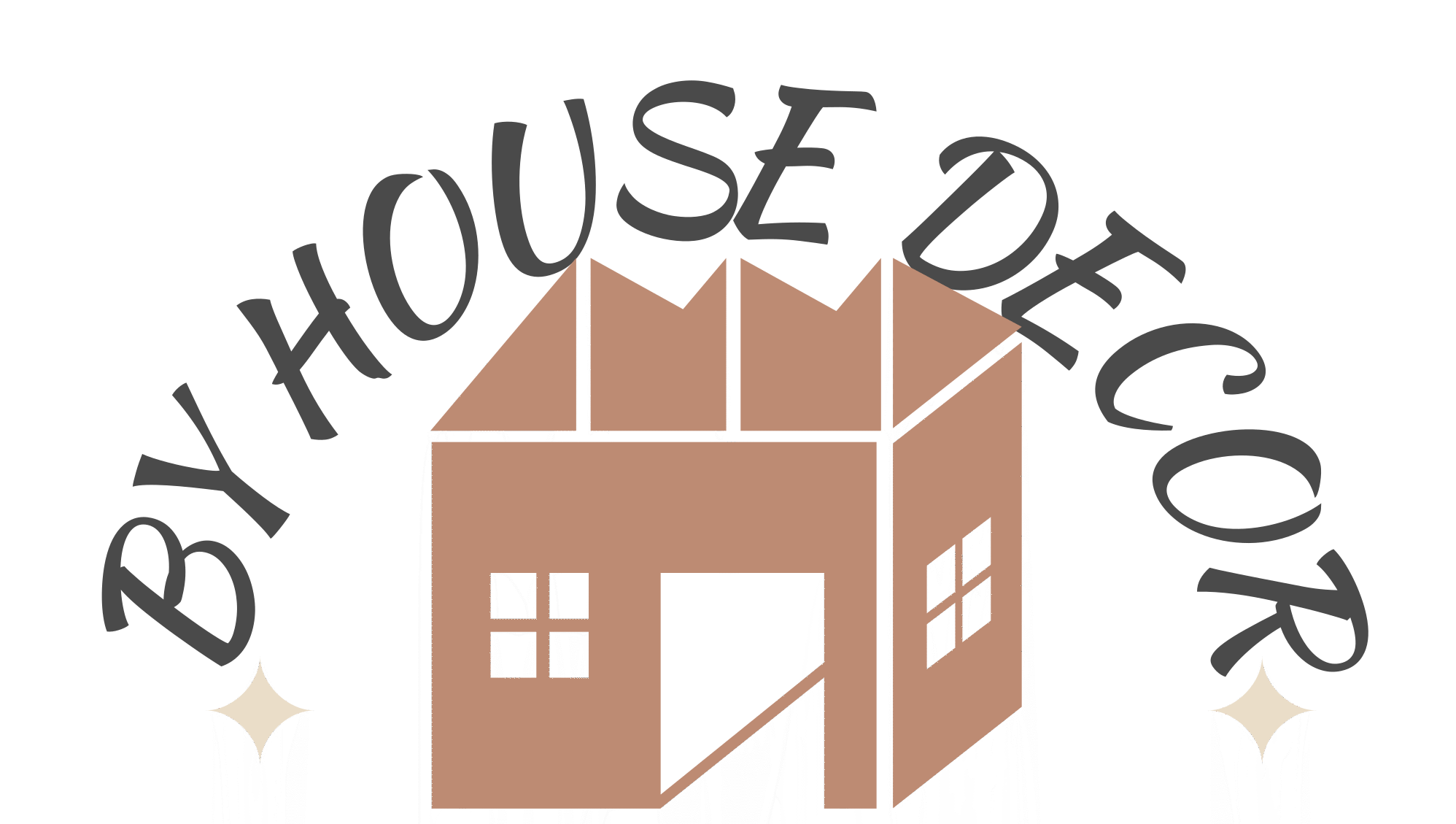
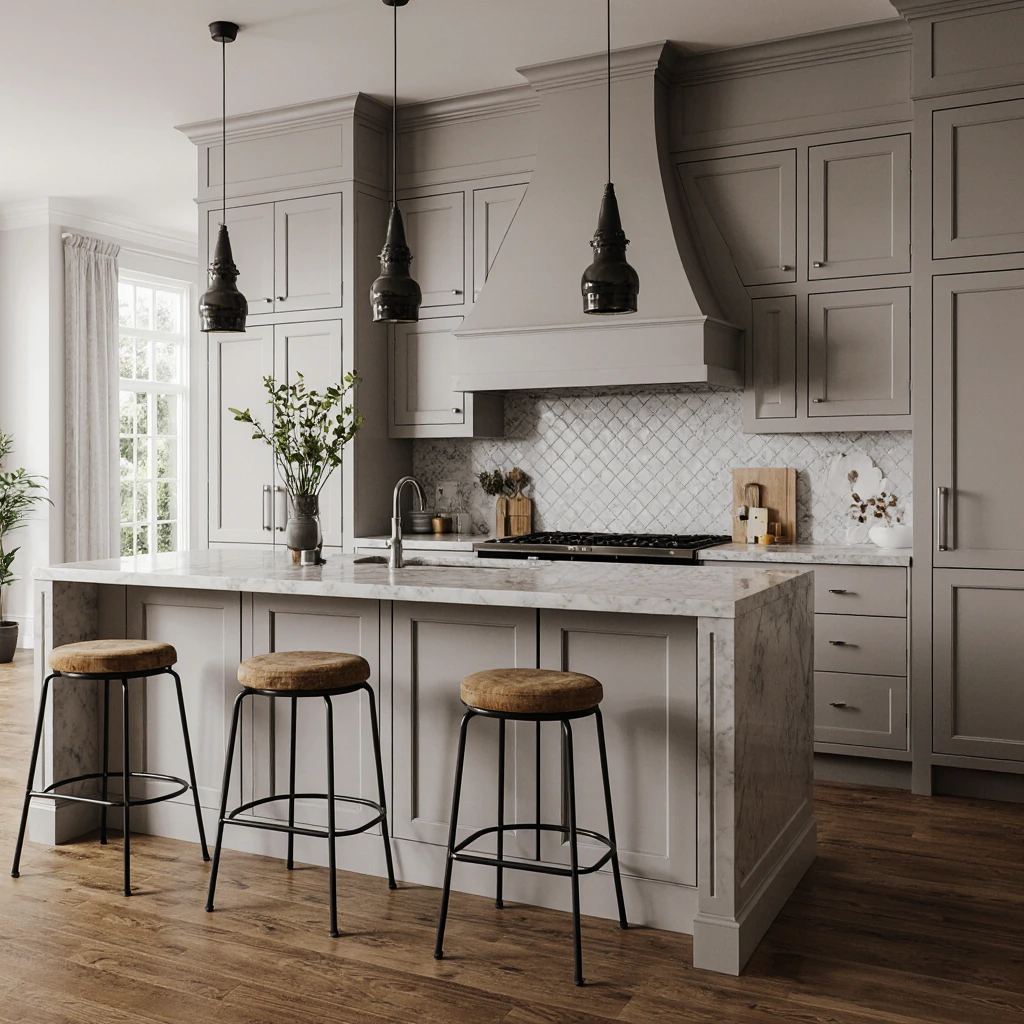
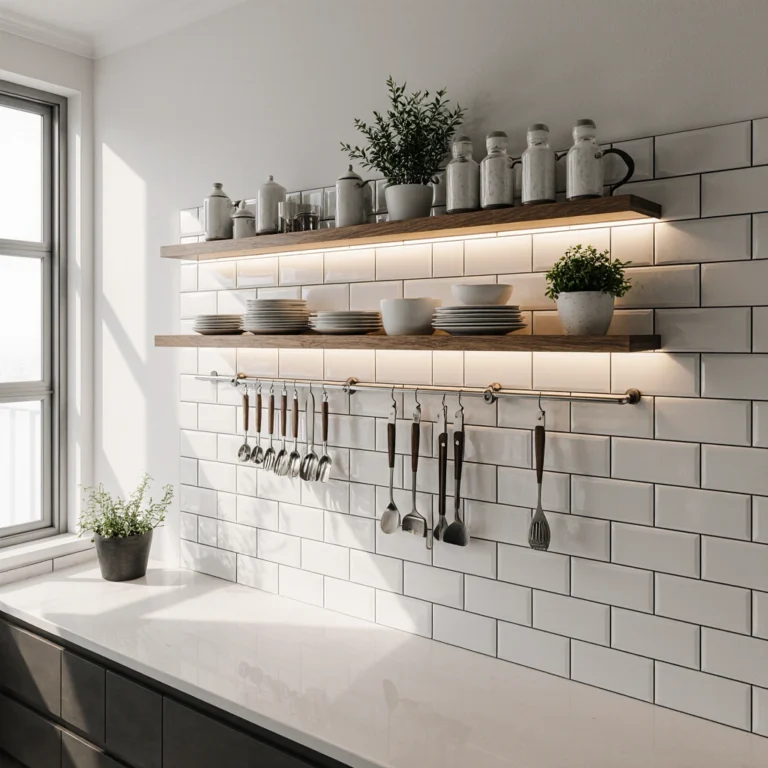
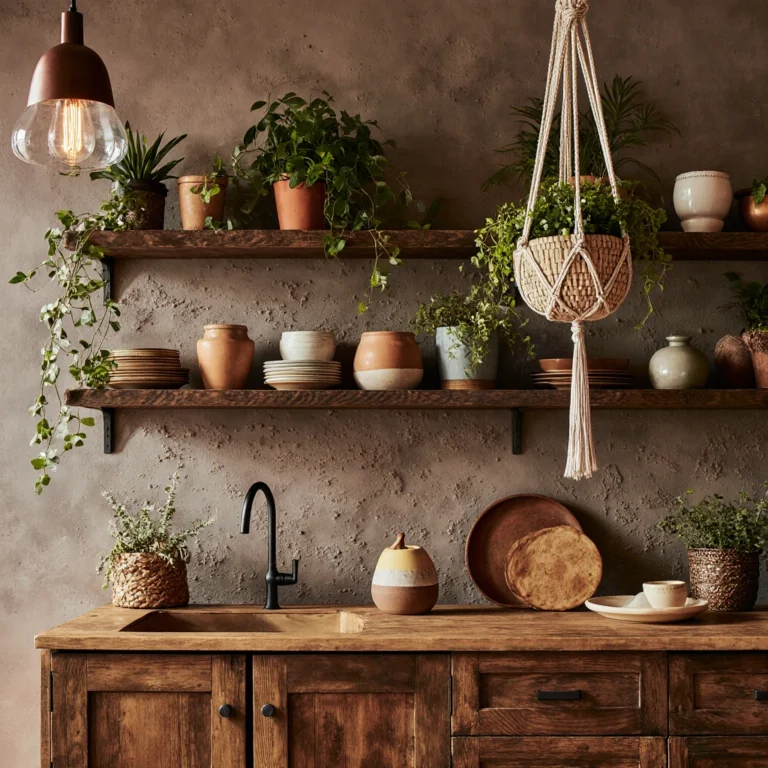
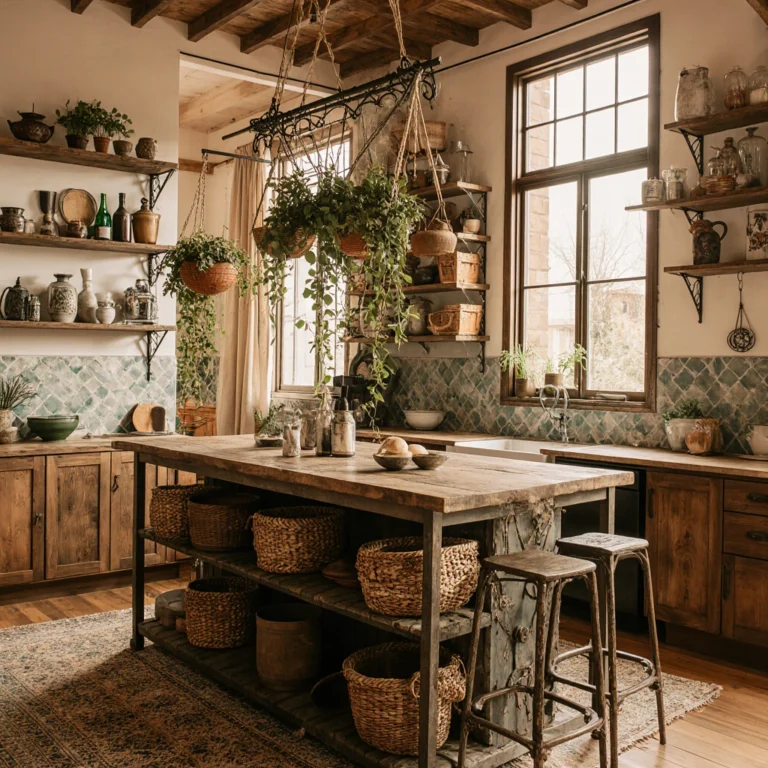
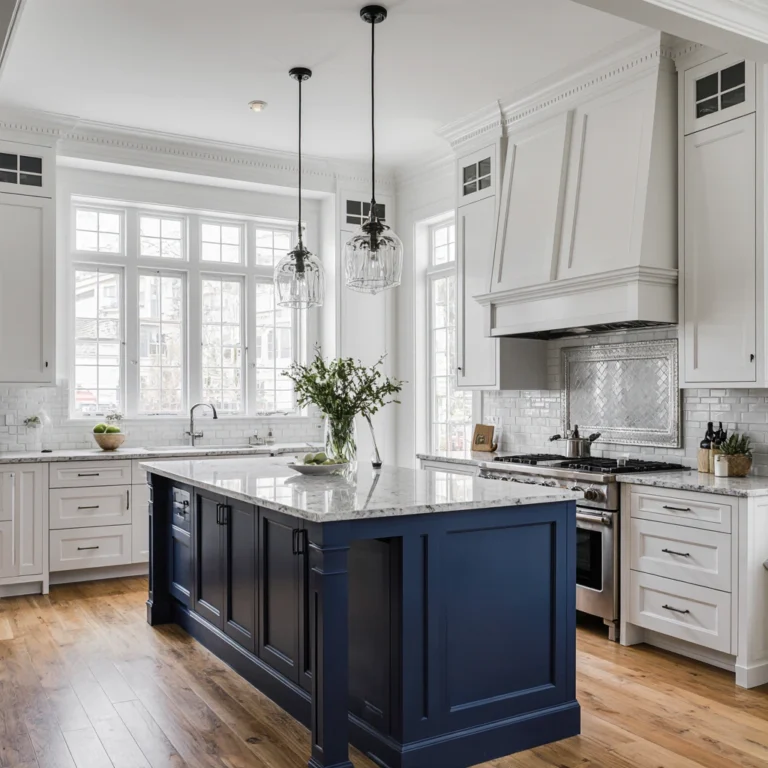
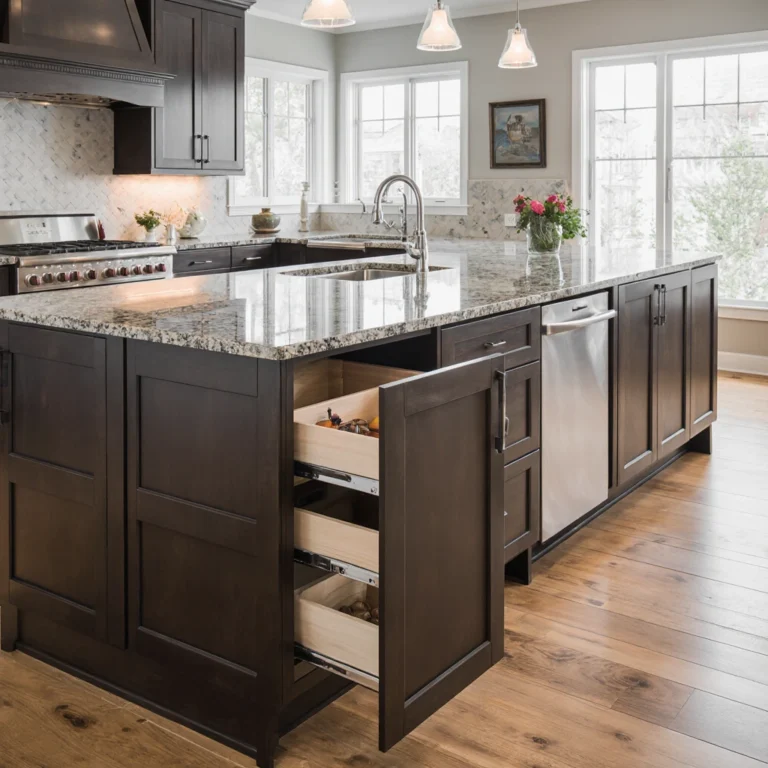
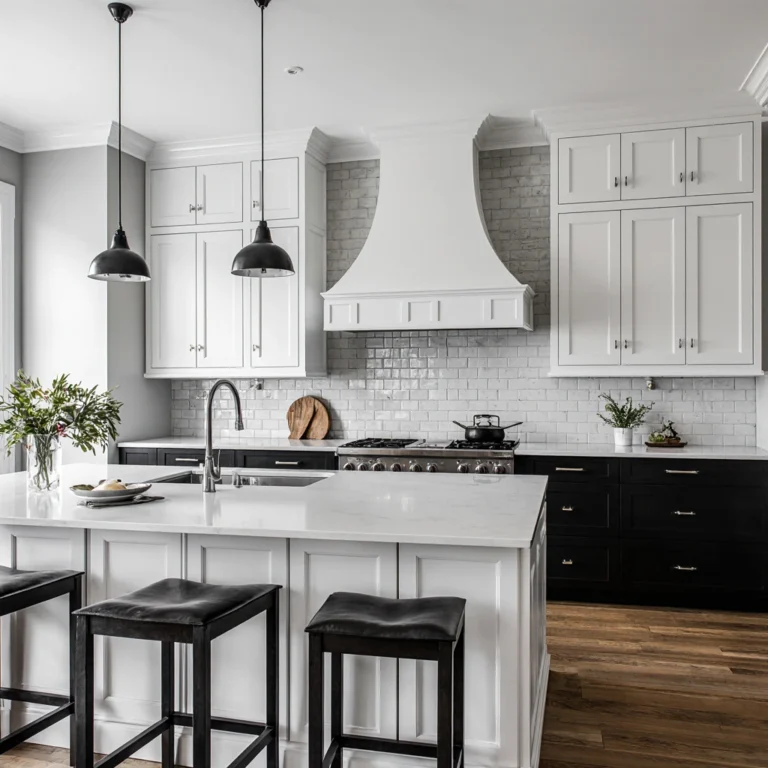
One Comment
Comments are closed.